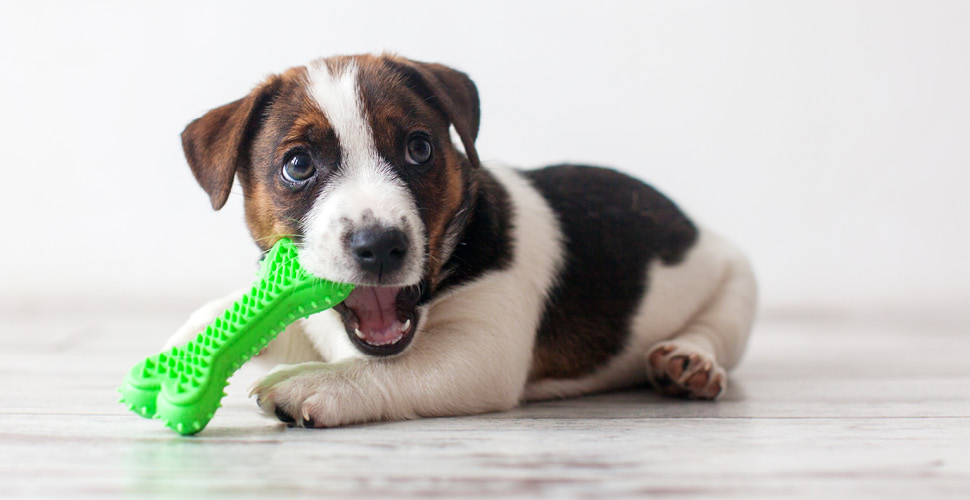Crafting homemade toys for your pets can be a fun and rewarding experience. Not only can you tailor the toys to your pet’s specific likes and needs, but DIY toys are often more affordable than store-bought options. However, it’s crucial to ensure that your homemade pet toys are safe and non-toxic. This blog post will guide you through the do’s and don’ts of creating DIY pet toys that are both entertaining and secure for your four-legged friends.
The Do’s: Creating Safe and Fun Toys
Use Non-Toxic Materials
- Always opt for non-toxic, pet-safe materials like untreated wood, organic cotton, or food-grade silicone. These materials are free from chemicals and dyes that could be harmful if ingested.
Sturdy Construction
- Make sure the toy is well-constructed to withstand the rigorous play that pets often engage in. Double-stitch seams, use strong knots, and avoid small parts that could easily break off and become a choking hazard.
Proper Sizing
- Create toys that are appropriately sized for your pet. Too-small toys can be swallowed, while too-large toys may be difficult for your pet to interact with, reducing their enjoyment.
Test and Supervise
- Always test the toy under supervision before letting your pet play with it unsupervised. This trial run can help you assess its durability and safety.
The Don’ts: What to Avoid
Avoid String, Ribbons, and Yarn
- While string, ribbons, and yarn may seem like fun materials, they pose a significant ingestion and strangulation risk. These items can get tangled in your pet’s digestive tract if swallowed.
No Small Parts
- Be cautious about including small parts like buttons, beads, or anything that can be easily detached and swallowed. These can lead to choking or digestive blockages.
No Toxic Paints or Glues
- Avoid using paints, glues, or any other adhesives that aren’t certified as pet-safe. Ingestion or even just skin contact with these materials can be harmful.
Skip the Food Treats Inside
- While it might seem fun to include edible treats inside a homemade toy, this could be risky if the toy material isn’t designed to be ingested. Stick to toys and treat dispensers specifically designed for this purpose.
Additional Guidelines for Safe Play
Regular Inspections
- Routinely inspect DIY toys for any signs of wear and tear, like loose parts or fraying. Discard any toys that start showing signs of deterioration.
Activity Matching
- Design the toy based on your pet’s activity level and play preferences. For example, a simple fetch toy might be great for a high-energy dog, while a treat-dispensing toy might suit a more food-motivated feline.
Creating DIY toys for your pets can be a joyful and fulfilling endeavor, provided you prioritize their safety. Following these do’s and don’ts will help you craft toys that are not just entertaining but also secure and pet-friendly. Happy crafting!


